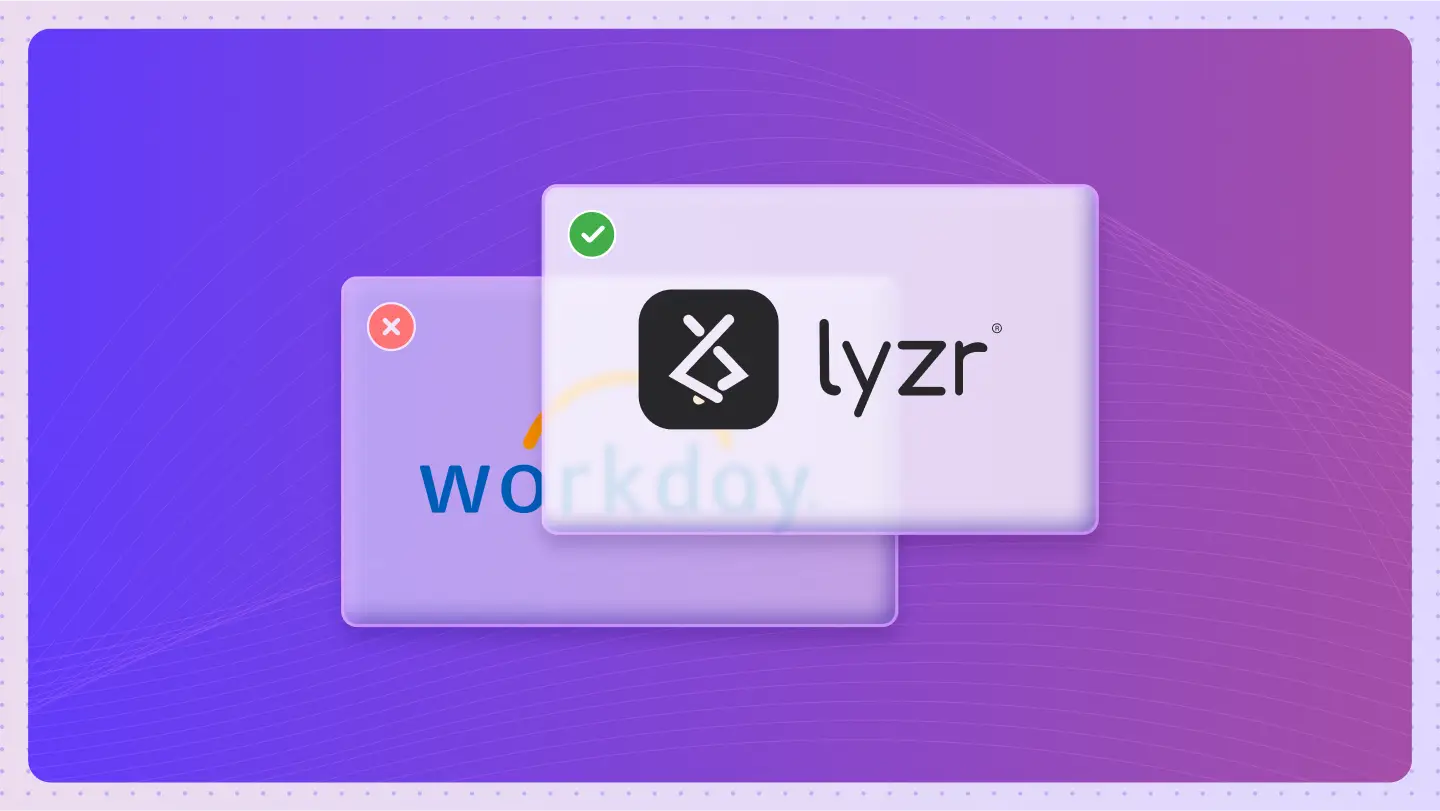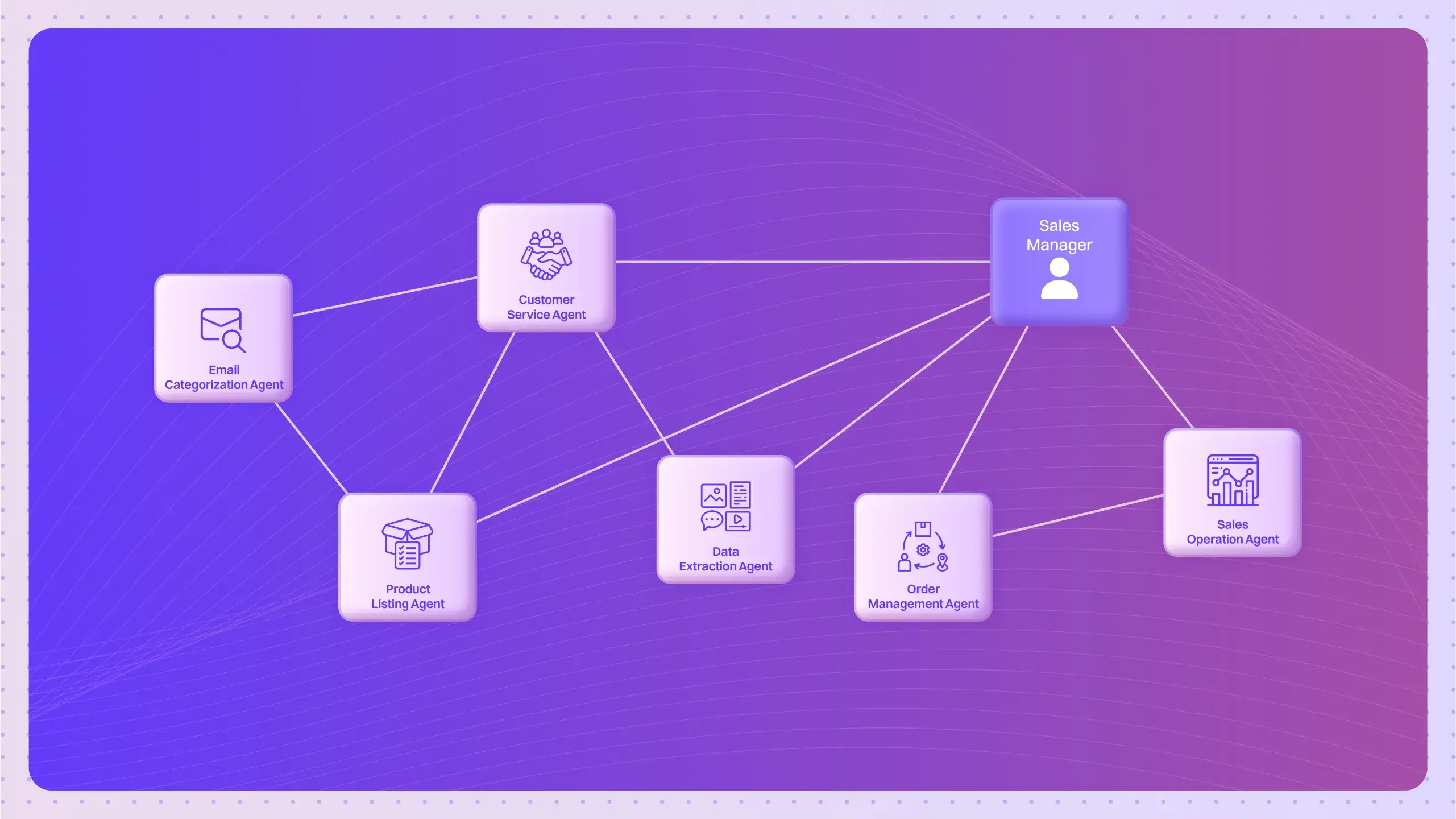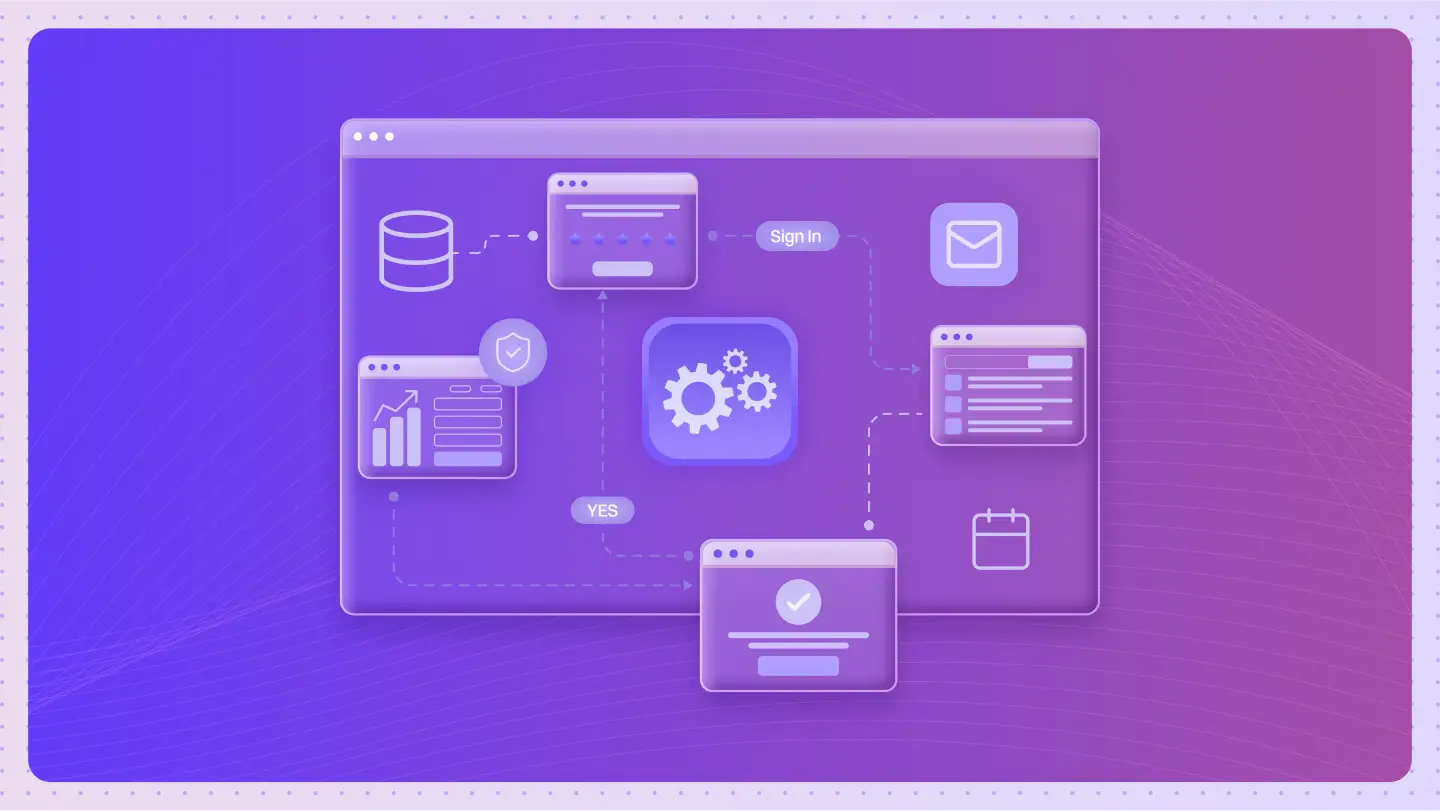Getting this one number wrong can stall your project, burn your budget, and leave your AI confused.
It’s the silent variable that controls the pace and quality of deep learning.
Batch Size is the number of training examples processed together in one go before the AI model updates what it has learned.
Prerequisites –Gradient Descent ,Neural Networks.
The analogy is baking cookies.
You could bake one single cookie at a time. This is a small batch. You get immediate, specific feedback on each cookie, but it’s an incredibly slow way to make a hundred.
Or, you could fill the oven with multiple trays. This is a large batch. It’s fast and energy-efficient, but if something is wrong with the oven temperature, you might ruin a huge number of cookies at once.
Choosing your batch size is choosing your baking strategy.
It’s a fundamental trade-off between the speed of training and the stability of the learning process, a choice that has a massive downstream impact on your model’s final performance.
What is batch size in deep learning?
It’s the size of the data chunk the model learns from in one go.
Imagine your dataset has 10,000 images.
You can’t just show all 10,000 to the model at once. It’s too much for your computer’s memory.
So you break it into smaller, manageable “batches”.
If your batch size is 32, the model will:
- Take the first 32 images.
- Make predictions for all of them.
- Calculate how wrong it was across those 32 examples.
- Average the error to get a single, stable update signal.
- Adjust its internal parameters based on that signal.
- Repeat the process with the next 32 images.
This is called mini-batch gradient descent, and it’s the standard in modern deep learning.
How does batch size affect model training?
It pulls on three main levers:
- Training Speed: Larger batches often lead to faster training time per epoch because modern hardware (like GPUs) is optimized for parallel computations. Processing 64 examples at once is much faster than processing 1 example 64 times.
- Memory Usage: This is a hard limit. A larger batch size requires more GPU memory. If it’s too big, your program will crash. Simple as that.
- Training Stability: A larger batch provides a more accurate estimate of the overall dataset’s gradient. This makes the learning process more stable. A tiny batch provides a very noisy, specific signal, which can cause the model’s learning path to jump around erratically.
What’s the difference between small and large batch sizes?
It’s a classic trade-off.
Small Batch Sizes (e.g., 8, 16, 32):
- Pros: Less memory required. The “noisy” updates can sometimes help the model escape poor local minima and find a better overall solution, leading to better generalization.
- Cons: Slower training per epoch. The learning process can be very unstable and may require a smaller learning rate to avoid diverging.
Large Batch Sizes (e.g., 128, 256, 512):
- Pros: Faster training per epoch. More stable gradient estimates lead to a smoother, more predictable convergence.
- Cons: Requires significant memory. Can sometimes converge to sharp, less optimal solutions that don’t generalize as well to new data.
How do you choose the optimal batch size?
There is no single magic number.
It’s a balancing act dictated by your specific project.
- Start with Your Hardware: Your GPU memory is the hard ceiling. Find the largest batch size that fits without causing out-of-memory errors.
- Consider Your Model: Large, complex models often benefit from the stability of larger batches.
- Look at Your Data: A very “noisy” or diverse dataset might need a larger batch size to average out the inconsistencies and find a clear learning signal.
A common practice is to start with 32 and experiment by doubling or halving it.
Why is batch size coupled with learning rate?
They are deeply connected.
Think of the learning rate as the size of the step the model takes on its learning journey.
The batch size determines how accurate the map is for that step.
- A large batch gives you a very accurate, stable direction. Because you’re more confident in the direction, you can afford to take a larger step (a higher learning rate).
- A small batch gives you a noisy, less reliable direction. To avoid jumping off a cliff based on bad directions, you need to take smaller, more cautious steps (a lower learning rate).
If you double your batch size, a common rule of thumb is to also try doubling your learning rate.
How does batch size differ for AI agents vs traditional models?
The context gets far more complex for agents.
It’s not just about processing static data; it’s about processing dynamic experiences.
In traditional ML, you set a fixed batch size.
For AI agents, particularly in reinforcement learning, the batch becomes more fluid:
- It affects the exploration-exploitation balance. How many diverse experiences does an agent sample before updating its strategy?
- It can be dynamic. An agent like DeepMind’s AlphaZero might adjust its batch of simulations based on the game’s complexity, thinking “harder” on difficult moves.
What hardware considerations affect batch size selection?
GPU memory is the main one.
But it’s also about architecture. Modern GPUs are parallel processors. They are built to perform the same calculation on thousands of data points simultaneously.
A small batch size leaves most of the GPU’s cores idle.
A large batch size lets the GPU flex its parallel-processing muscle, leading to massive speedups.
What technical mechanisms manage Batch Size?
The core isn’t just about raw power; it’s about smart engineering.
- Gradient Accumulation: This is a clever trick. It simulates a large batch on a small GPU. The system runs several smaller batches, calculates the updates for each, but doesn’t apply them. It just adds them up. After accumulating the updates for a desired “virtual” batch size, it applies the combined, more stable update. NVIDIA develops tools specifically for this.
- Experience Replay: This is a cornerstone for AI agents. The agent stores its past experiences in a memory buffer and then samples a random batch from this buffer to learn. This breaks the sequential correlation of experiences and stabilizes training.
- Distributed Batch Processing: This is how giants like OpenAI train massive models. They use an enormous batch size, but they split it across thousands of GPUs. Each machine processes a small piece, and they all coordinate to make a single, powerful update.
Quick Test: Spot the Constraint
You have a powerful GPU with lots of memory. Your dataset is clean and well-structured. You want to train your model as fast as possible. Should you default to a very large batch size or a smaller one?
You’d start with a very large batch size. The powerful GPU can handle the memory load, and the clean data means the stable gradient from a large batch will likely guide the model to a good solution quickly. You can maximize hardware utilization for the fastest possible training time.
To see how batch size affects agent behaviour in real-world systems, explore the AI agent templates on Lyzr
Deep Dive: Your Batch Size Questions Answered
What is the relationship between batch size and generalization?
Generally, smaller batches are thought to lead to better generalization. The noise in their updates can prevent the model from overfitting to the training data, helping it find flatter, more generalizable minima.
How does batch normalization depend on batch size?
Batch Normalization layers normalize the model’s activations based on the mean and variance of the current batch. If the batch is too small (e.g., 2 or 4), these statistics become very noisy and can actually hurt performance.
What’s the difference between batch, mini-batch, and stochastic gradient descent?
- Batch Gradient Descent: Uses the entire dataset as one batch (Batch Size = N). Impractical for large datasets.
- Stochastic Gradient Descent (SGD): Uses a batch size of 1. Very noisy but computationally cheap per update.
- Mini-Batch Gradient Descent: The standard approach. Uses a batch size between 1 and N (e.g., 32, 64). A balance between the two extremes.
Can batch size affect convergence speed?
Yes, dramatically. Large batches can converge in fewer epochs (passes through the data), but each epoch takes longer. Small batches require more epochs, but each epoch is faster. The goal is to find the sweet spot for the shortest total training time.
Why do most batch sizes use powers of 2 (32, 64, 128)?
This is due to hardware optimization. GPU memory is structured in a way that makes operations on arrays sized to a power of 2 more efficient. It’s not a strict requirement, but it’s often a free performance boost.
How does batch size impact inference in production environments?
For inference, multiple user requests are often batched together. This maximizes server throughput (requests per second) but can add a few milliseconds of latency. It’s a trade-off between efficiency and responsiveness.
What’s the difference between batch size, iteration, and epoch?
- Batch Size: The number of samples in one batch.
- Iteration: The process of training on one batch.
- Epoch: One full pass over the entire training dataset. If you have 1,000 samples and a batch size of 100, one epoch consists of 10 iterations.
Batch size is not just a technical parameter.
It is a fundamental lever that controls the rhythm of the learning process a dialogue between your data, your model, and your hardware.







